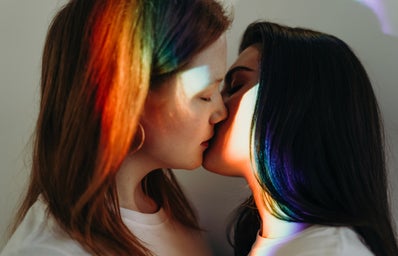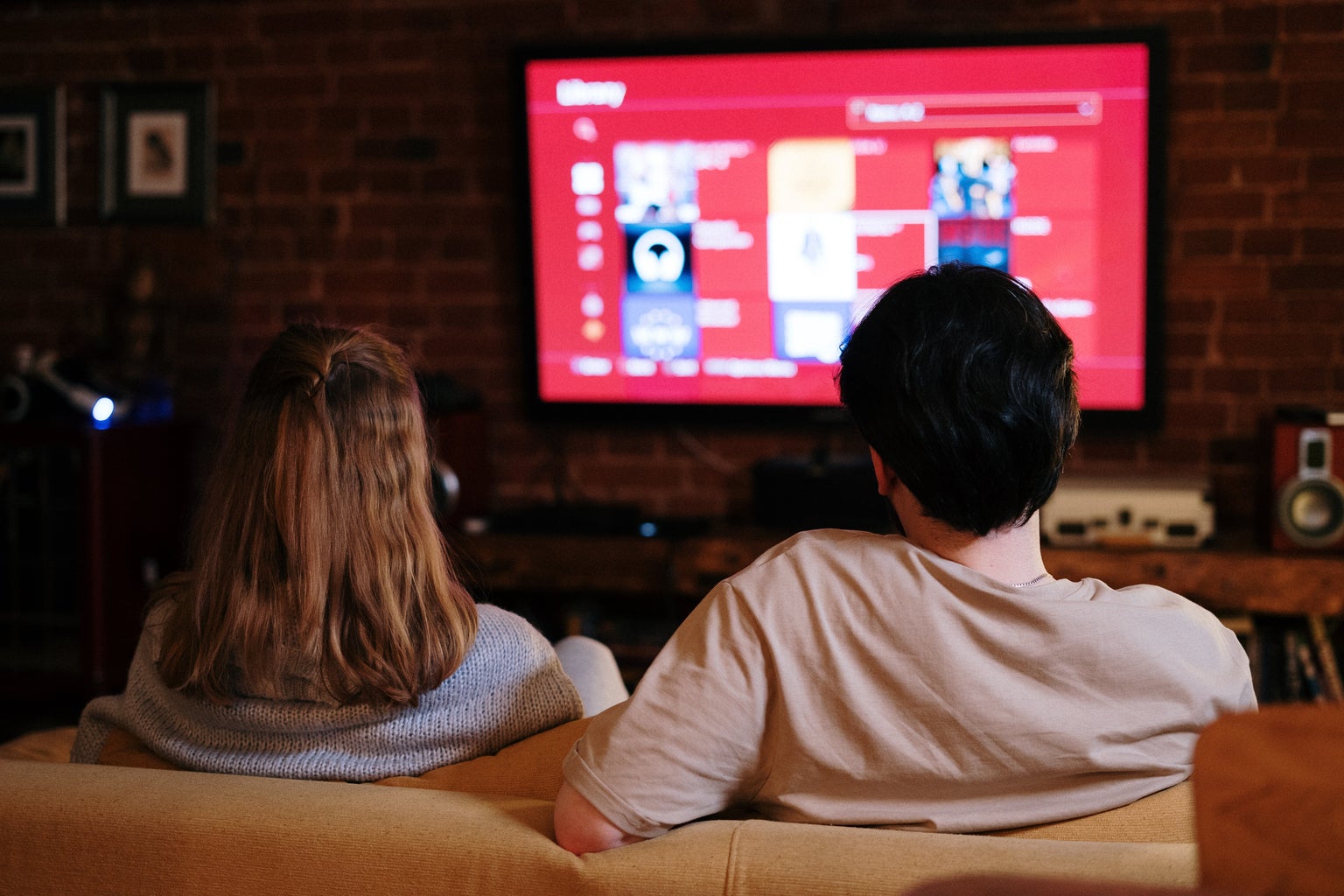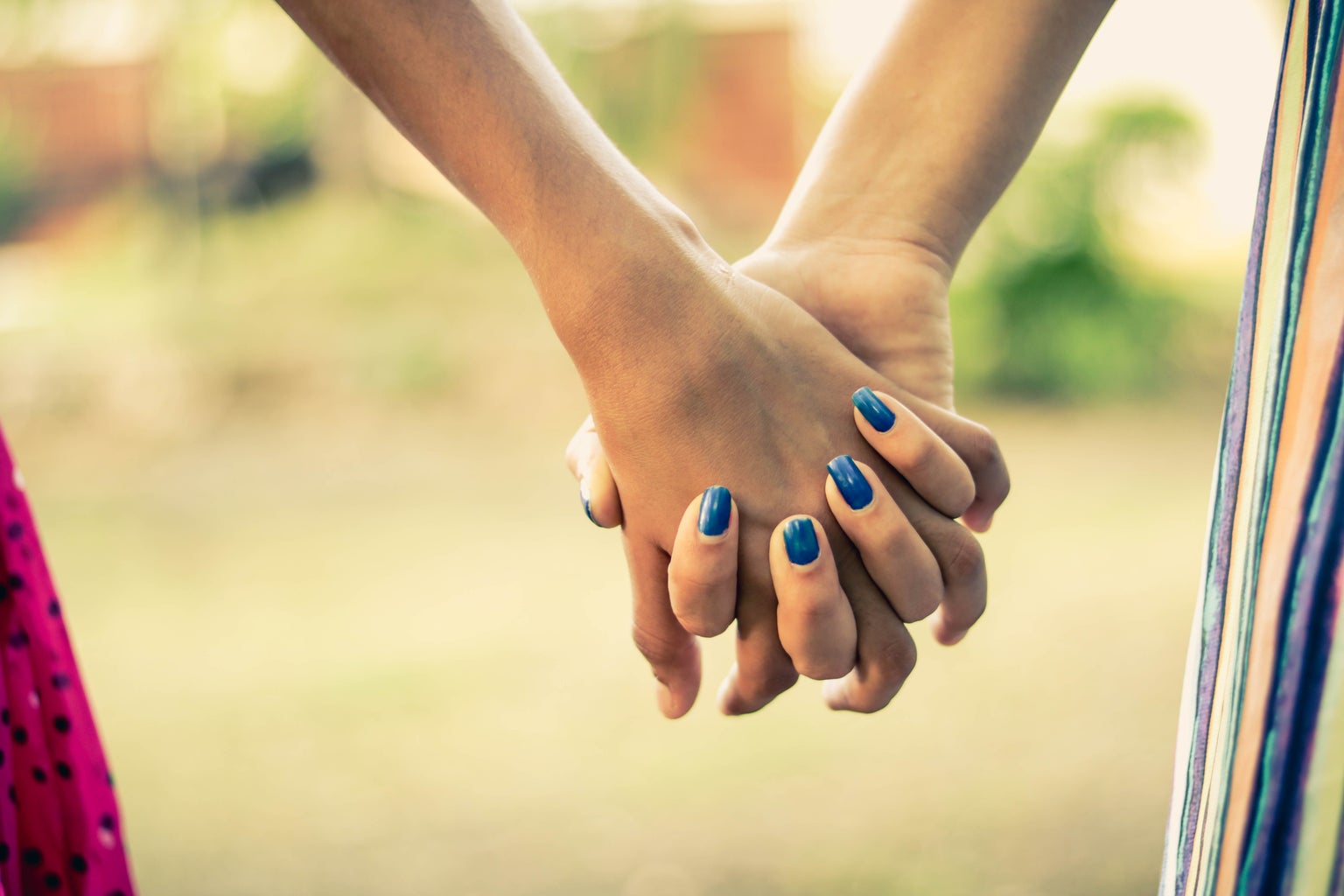Though there has been incredible progress made in representation for the LBGTQ+ community through the last few years, there are still some spaces where this sentiment isn’t true. An example of this is reality TV shows, specifically reality dating TV shows. Shows similar to The Bachelor and The Bachelorette are, by concept alone, extremely heteronormative. Having a concept based completely on groups of women or men actively fighting for the attention of one member of the opposite sex actively helps erases most sexualities from the public view.
In recent years, dating shows have been marketed towards a younger demographic. While shows like the many within The Bachelor franchise and Married at First Sight are still going strong with an active audience, shows like MTV’s Are You the One? and TLC’s 90 Day Fiance are working to show that there is room for couples of all kinds on television. Besides being more racially diverse, these two shows in their most recent seasons have shown more diversity in sexualities than any other.
For the purpose of this article, I’m going to pay special attention to season 8 of MTV’s Are You the One? If you are unfamiliar with the show, I’ll explain the basic breakdown. Sixteen to twenty people are placed inside of a house and forced to live together for ten weeks. Every person in the house has a “perfect match” within the house that was determined by a team of matchmakers. At the end of each week, couples pair up at a “matching ceremony” to see if they have correctly identified any of the matches. If all the perfect matches are made by the end of ten weeks, everyone splits $1 million. There are also the usual dates and challenges and other chaotic aspects that are seen in most dating shows. For the first seven seasons of the show, all the couples were male-female. However, in the 8th season, every contestant on the show identified as being sexually fluid.
Along with the added benefits of getting to explore different topics, there was also a new level of difficulty brought to the show itself. When the 10 couples consisted of one male and one female, it was statistically easier to rule out certain matches. When everyone could potentially be anyone’s match, the stakes are higher. This season also had contestants who identified as non-binary and used they/them pronouns. Being more inclusive in terms of gender identity has the same added benefits given to the entire community.
Season 8 of Are You the One? helped prove that dating shows shouldn’t be structured around making heterosexual couples. It was groundbreaking to see an entire season of an established show promote and help normalize being attracted to more than one gender. There are a lot of things that have, maybe unknowingly, been categorized as only being for straight people. The opportunity to find love on television and have their stories broadcast to the world should not be kept from anyone.
Beyond being able to break down doors that would allow for more representation across dating shows, the inclusion of more sexualities allows for shows to have more heartfelt conversations. Every member of the LGBTQ+ community has some sort of coming out story, and being able to have those broadcast to millions of viewers would make it easier for the people watching the show to be open to talking about those sorts of experiences with the people around them. Being able to see yourself reflected in the media you consume can do wonders for a person’s sense of identity.
People often fear what they don’t understand. If something as much of a television staple as dating shows started being more inclusive, it would be easier to spread information in a more lighthearted way. The very contestants on the show mention how thankful they were during the filming process to be surrounded by people who were accepting and understanding of their identity. For some of them, their families weren’t okay with their sexualities, and some were still working on coming out to themselves as well as the important people in their lives. Having these stories validated can help anyone struggling with their sexuality and gender.
Dating shows also have garnered a reputation for being shallow and the contestants are often made fun of for going on national television shows to try and find love. While other dating shows have seized opportunities to attempt to tackle more hard-hitting issues, opening up their contestant pool to people openly within the LGBTQ+ could help move the entire genre of the show away from the stigma around it.



